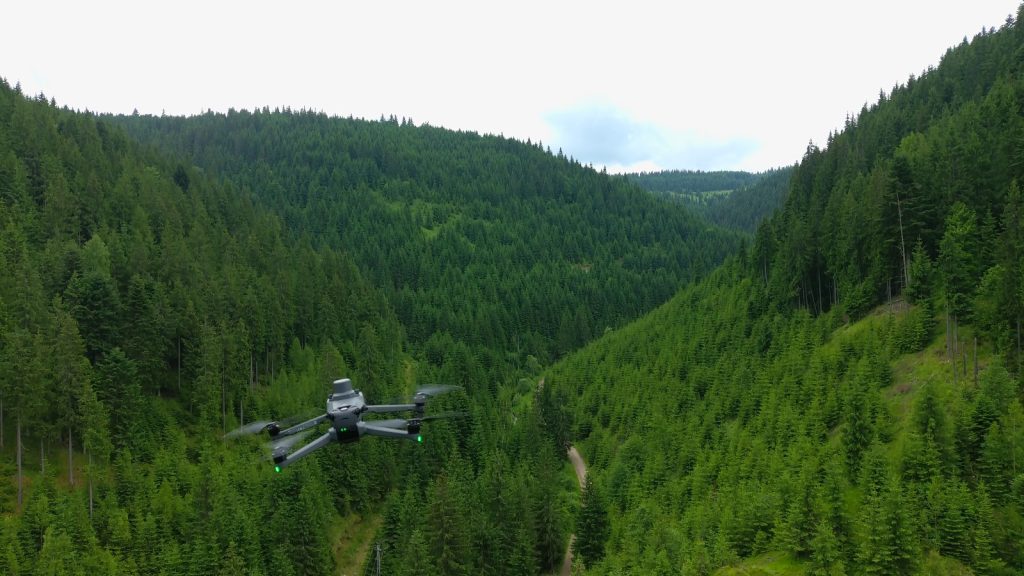We see more and more dried trees in the forests, fallen victim to bark beetle (Ips) attacks, a species of pest that takes advantage of extreme weather events, which reduce the trees' resilience and make them vulnerable.
As Ips attacks typically occur at windthrow and windbreaks trees, or after snow, freezing rain and prolonged droughts, WWF-Romania has launched a project aimed at detecting bark beetle attacks early, while the trees are still green and the effects of the bark beetles' actions are not yet visible to the naked eye.
Together with the Faculty of Forestry in Cluj, we conducted research in a pilot area located in Valea Ierii village, in Cluj County, in a forest managed by the Muntele Mare Forestry District. We monitored bark beetle attacks both on the ground and using a drone that captured multispectral images. The study, conducted between April and September, will be presented this month during meetings with stakeholders in Cluj-Napoca and Baia Mare.
“This is a pilot project. We are still in the calibration phase. The research results depend on the sensors' ability to detect as many wavelengths as possible from the electromagnetic spectrum. This way, we will be able to assess whether we can apply this early detection of bark beetle attacks on a large scale or if we need to adjust the working protocols to improve the process.”
Călin Ardelean, biologist expert la WWF-Romania
Context
The bark beetle, which primarily affects spruce trees, causes significant economic losses and negatively impacts forest biodiversity. Caused by climate change, we expect the frequency and severity of bark beetle outbreaks to increase in the future.
Assessments to detect the stage of infestation are laborious and costly, as the attack can only be visually observed in the field during the red and gray attack phases, while in the green phase, the trees appear unaffected. Early detection of outbreaks in the green phase, when the trees host the next generation of beetles, allows for the selective removal of infested trees, thus preventing the spread of new outbreaks, while healthy trees can remain in the forest.
According to official data, bark beetle attacks have led to the sanitary cutting of millions of cubic meters of wood, and hundreds of thousands of hectares have been affected annually in Central and Eastern Europe. In the absence of a remote sensing system to detect these attacks early, the pests have spread rapidly. Additionally, false sanitation cuts (necessary in forests already affected by bark beetles) have become common, with the aim of obtaining the right to harvest more wood, sometimes even in healthy spruce forests.
The technique researched by WWF is already used for monitoring agricultural crops and could be calibrated for investigating forest pests. If the results are positive, the tool could provide efficient outcomes and be implemented at a national and even European level.

